Concept 1.2: Evolution accounts for the unity and diversity of life
1/12
Name | Mastery | Learn | Test | Matching | Spaced |
|---|
No study sessions yet.
13 Terms
Evolution
The concept that living organisms are modified descendants of common ancestors, supported by an abundance of evidence
1.8 million
The approximate number of species that have been identified and named to date
10 to 100 million
The estimated amount of species that actually exist
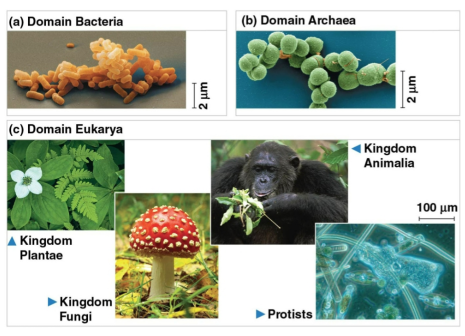
Domains
The three subdivisions of organisms:
Bacteria
Archaea
Eukarya

Prokaryotes
Classification that includes the domains of Bacteria and Archaea
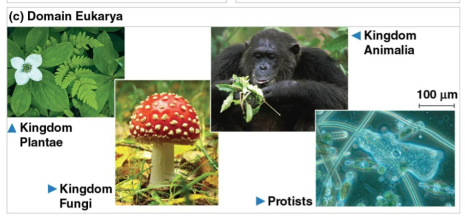
Eukaryotes
Classification that includes the Eukarya domain

Eukarya
Domain that is broken down into four subgroups:
Plants (photosynthesize food)
Fungi (absorb food)
Animals (ingest food)
Protists (diverse group related to all of the above)
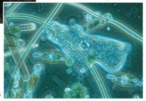
Protists
The most numerous and diverse eukaryotes that are mostly single-celled organisms, related to plants, animals, or fungi more than other protists in some cases
Dioxyribonucleic acid (DNA)
The universal genetic language common to all organisms that forms a unity despite the diversity of life

Fossils
Preserved geological records that show skeletal similarities across organisms over billions of years
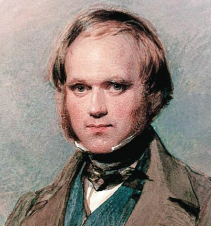
Charles Darwin
Scientist who published his On the Origin of Species in 1859, showing evidence of common ancestors and the idea of “natural selection” through the competition of inherited traits in an environment
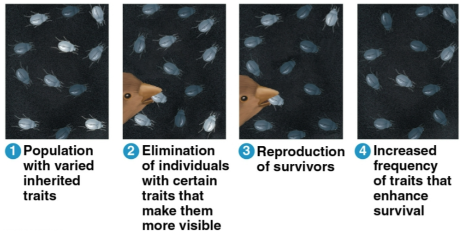
Natural selection
The evolutionary process that states that individuals with the most advantageous traits will receive higher reproductive success, thus spreading beneficial traits throughout an environment

Common ancestor
An initial species that gives rise to two or more descendant species as a result of natural selection; relationships with these ancestors are illustrated in treelike diagrams